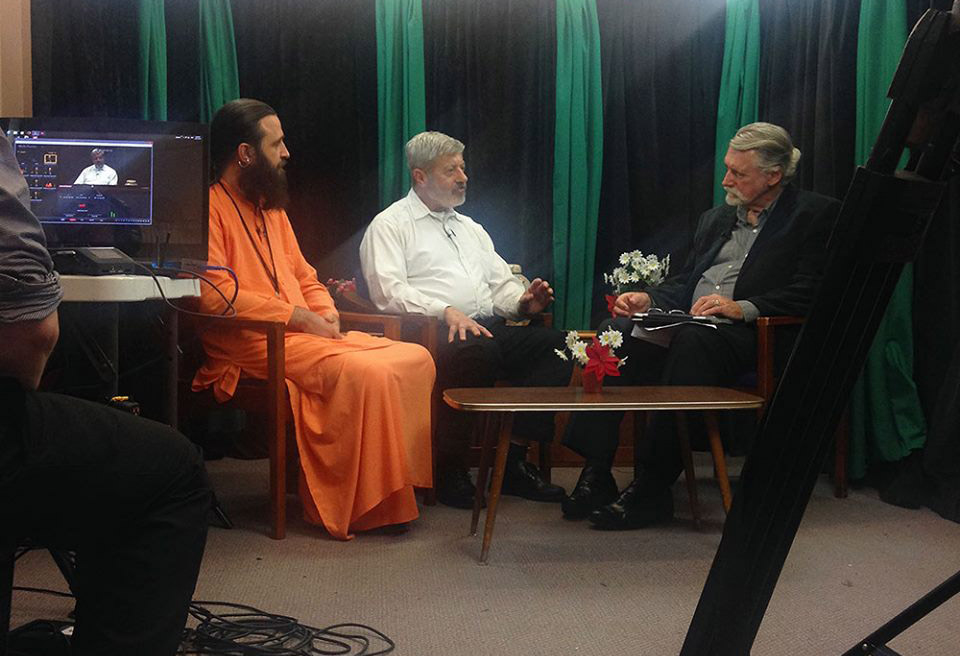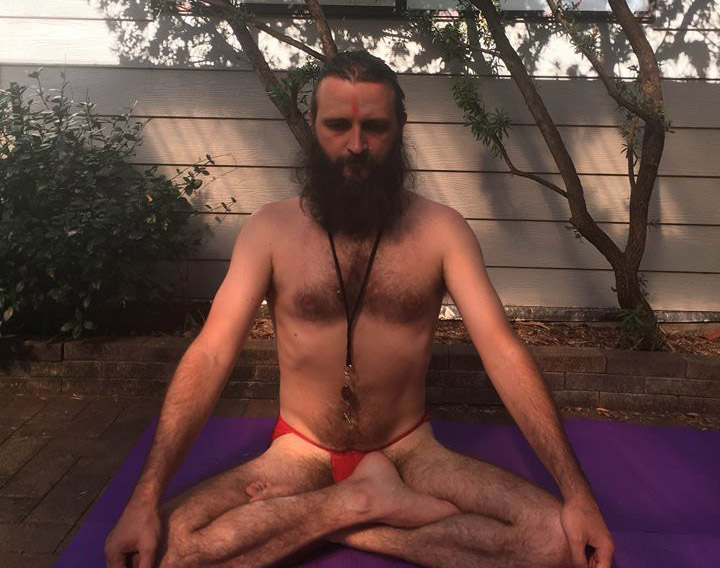Not long ago student of mine sent me a curious article by Kurtis R. Schaeffer The Attainment of immortality: from Nāthas in India to buddhists in Tibet. It is dedicated to a text, which James Mallinson identified as ‘buddhist one’, which is, in my opinion, not quite correct. I also find his another claim, when during an online interview he said that the Haṭha-yoga-pradīpikā is the Vīraśaiva text only because Allama Prabhudeva is mentioned there, to be also incorrect. An attempt to take only one name related to Vīraśaivism from a huge number of listed names, ignoring all the others, and attribute the whole text to Vīraśaiva, seems very strange to me. Especially when the text itself is quite distant from the main doctrine of Vīraśaivism and its goals. The same thing is with the text Amṛtasiddhi, a conclusion that this is a Buddhist text is based on the fact that it contains several Buddhist elements, at the same time completely ignoring the huge number of Śaiva elements. This text is more Nātha related, and Virūpakṣanāth (one of the famous Nāthas) could add some elements from Buddhism there. I believe that texts of this kind should be judged primarily by the number of prevailing elements of a particular tradition. And it is obvious there, that the elements of Nāthism are dominant. But for me, even without reading the article, it is clear that the text is not Buddhist, not least because there was the Mahāmudrā practice in Buddhism in those times and it was not in the form of haṭha-yoga practice. All Vajrayāna Buddhists perfectly understand what it is. So what was the point in calling completely different levels of practice in Vajrayāna with the same term? Here is another example from the Amṛtasiddhi:
म्रियन्ते मेरुवेधेन ब्रह्माद्या देवता ध्रुवम्
आदौ संजायते क्षिप्रं वेधो ऽयं ब्रह्मग्रन्थितः॥
mriyante meruvedhena brahmādyā devatā dhruvam
ādau saṃjāyate kṣipraṃ vedho ‘yaṃ brahmagranthitaḥ॥
By piercing Meru (suṣumnā with prāṇa), Brahma and other Gods are getting killed.
First, this (prāṇa) quickly pierces the Brahma-granthi (Brahma knot).
ब्रह्मग्रन्थिं ततो भित्त्वा विष्णुग्रन्थिं भिनत्यसौ
विष्णुग्रन्थिं ततो भित्त्वा रुद्रग्रन्थिं भिनत्यसौ ॥
brahmagranthiṃ tato bhittvā viṣṇugranthiṃ bhinatyasau
viṣṇugranthiṃ tato bhittvā rudragranthiṃ bhinatyasau॥
Thus, when the Brahma-granthi is pierced, the Viṣṇu-granthi (Viṣṇu knot) is pierced.
When the Viṣṇu-granthi is pierced, the Rudra-granthi (Rudra knot) is pierced.
रुद्रग्रन्थिं ततो भित्त्वा छित्वा मोहमयीं लताम्
उद् घाटयत्ययं वायुर्ब्रह्मद्वारं सुगोपितम् ॥
rudragranthiṃ tato bhittvā chitvā mohamayīṃ latām
ud ghāṭayatyayaṃ vāyurbrahmadvāraṃ sugopitam ॥
Thus, piercing the Rudra-granthi, the “vines of illusion” (the intricacies of Māyā) are getting cut off. Further, ascending upward, Vāyu (air) penetrates into the super secret, Brahmadvāra (the door of Brahma).
The question is, what is so ‘Buddhist’ in these images of Purāṇic Devatās, and where in Buddhism such names of granthas are being mentioned?
There are also many other arguments in the article, for example, mentions of jīvanmukti, when a practitioner is likened to Śiva in yogic realisation etc. That is why I consider the statement of attribution of the text to Buddhism to be incorrect. Of course, some borrowings could come to Indian yoga or tantra from Buddhism, but we also have to consider the main goals of different sampradāyas. For instance, we cannot call Pancharātra ‘a yogic tradition’, if it is in fact a Vaiṣṇava bhakti oriented sect full of its specific karma–kāṇḍa etc. If I take, let’s say, Yogi Bhajan’s Kundalini-yoga and claim that it belongs to a Sikh tradition, it will be an incorrect statement. Even if you find a Sikh lineage Sant Mat, where meditation on light and sound is practiced, it doesn’t make it the main practice of the whole tradition. And again, we cannot conclude from this that it is the rationale for what Yogi Bhajan developed while living in California. Just as it is not entirely accurate to say that the Ashtanga Vinyasa style is a ‘tradition’, it is more correct to say that it is rather a modern yoga style. It could be called a tradition being spread in the West on the condition Iyengar or Pattabhi Jois would have transmitted the same sacred threads (janeū), which they had from their Gurus – to their students. Which didn’t happen, and most likely couldn’t have happened. But, if this did happen, I doubt that such disciples would have the same discipline and practice that they exercise on masse today. And although these teachers were good innovators, we should not confuse a style and gymnastic exercises with dīkṣā, discipleship, nitya sādhanā and etc. For those who want to seriously understand these things, I highly recommend taking these factors into account, although there are actually a lot of them.








